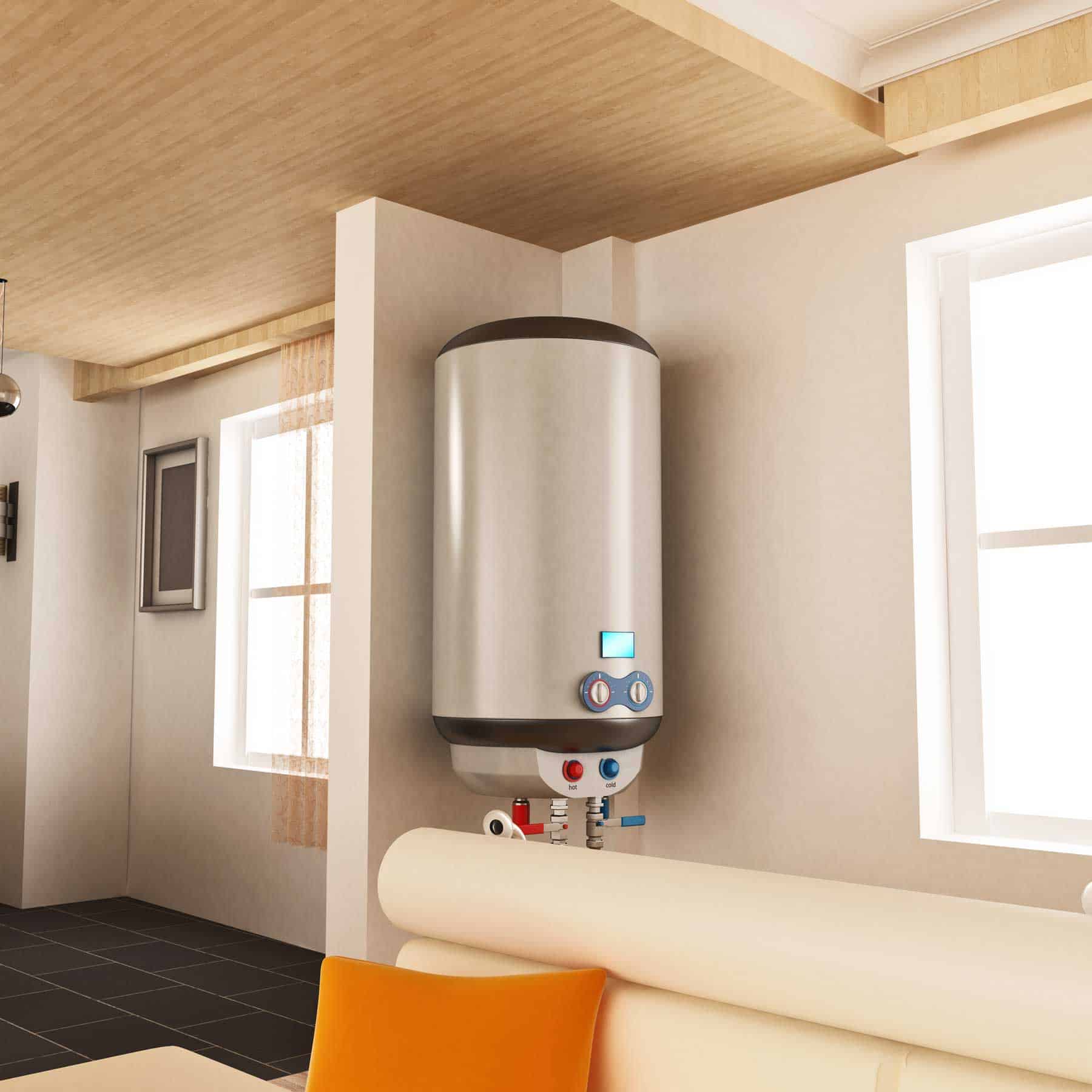Caring for Your Home's Hot Water System: Key Tips
Caring for Your Home's Hot Water System: Key Tips
Blog Article
They are making several good points regarding Tips on Maintaining a Water Heater as a whole in this content underneath.

Hot water is vital for everyday convenience, whether it's for a revitalizing shower or washing meals. To guarantee your hot water system runs efficiently and lasts much longer, normal maintenance is vital. This post supplies functional pointers and understandings on exactly how to keep your home's hot water system to stay clear of disturbances and pricey repair work.
Introduction
Maintaining your home's warm water system may seem overwhelming, but with a few basic steps, you can ensure it operates smoothly for many years to come. This guide covers everything from understanding your hot water system to DIY maintenance pointers and knowing when to employ specialist assistance.
Importance of Keeping Your Warm Water System
Normal maintenance not just expands the lifespan of your warm water system yet likewise ensures it operates effectively. Ignoring maintenance can cause reduced performance, higher power expenses, and even premature failure of the system.
Indicators Your Hot Water System Demands Upkeep
Knowing when your hot water system needs attention can avoid major issues. Watch out for indicators such as irregular water temperature, strange noises from the heating system, or rustic water.
Understanding Your Hot Water System
Before diving right into upkeep jobs, it's useful to comprehend the fundamental components of your warm water system. Typically, this consists of the hot water heater itself, pipes, anode poles, and temperature level controls.
Month-to-month Upkeep Tasks
Normal monthly checks can help catch minor problems prior to they rise.
Purging the Water Heater
Purging your water heater gets rid of sediment build-up, improving effectiveness and lengthening its life.
Checking and Changing Anode Rods
Anode rods stop corrosion inside the tank. Inspecting and replacing them when worn is crucial.
Inspecting and Changing Temperature Level Settings
Adjusting the temperature level setups makes certain optimal performance and security.
DIY Tips for Maintenance
You can execute a number of maintenance jobs yourself to keep your warm water system in leading problem.
Checking for Leaks
On a regular basis examine pipelines and connections for leaks, as these can cause water damage and greater costs.
Testing Pressure Alleviation Valves
Examining the pressure safety valve guarantees it operates appropriately and prevents excessive pressure buildup.
Insulating Pipes
Shielding hot water pipelines lowers warm loss and can conserve energy.
When to Call a Specialist
While do it yourself maintenance is helpful, some problems require specialist knowledge.
Complicated Problems Calling For Specialist Assistance
Examples consist of major leakages, electric problems, or if your water heater is regularly underperforming.
Regular Expert Upkeep Benefits
Specialist maintenance can include complete assessments, tune-ups, and making certain compliance with safety and security requirements.
Conclusion
Normal upkeep of your home's hot water system is important for performance, longevity, and price financial savings. By following these pointers and knowing when to look for expert help, you can ensure a trusted supply of warm water without unanticipated disturbances.
Water Heater Maintenance Tips
Test the TPR Valve
Shut off the power and the cold-water supply valve. Place a bucket under the pipe connected to the temperature-pressure-release (TPR) valve on the top or side of the tank. (This valve opens if the tank pressure gets too high.) Lift the valve’s tab to let some water out, then let go. If water keeps flowing, drain the tank partway, unscrew the old valve with a pipe wrench, and install a new one. Check the Anode Rod
Put a hose to the tank’s drain cock and let out a few gallons of water. Now fit a 1 1/16-inch socket onto the rod’s hex head on top of the heater (or under its top plate) and unscrew the rod. If it’s less than ½ inch thick or coated with calcium, buy a new one, wrap its threads with Teflon tape, put it back in the tank, and tighten securely. Use this segmented rod if headroom above the tank is limited. Drain the Tank and Wash Out Sediment
Drain the remaining water in the tank into the bucket, then stir up the sediment on the tank’s bottom by briefly opening the cold-water supply valve. Drain and repeat until clean water comes out of the hose. Close the drain cock, refill the tank, and turn its power back on. Adjust the Temperature
Find the temperature dial on the side of the tank and unscrew its cover. Adjust the dial to 120 degrees using a flathead screwdriver. For every 10 degrees the temperature is lowered, you can expect to save up to 5 percent in energy costs. Turn the water heater off or the thermostat down to its lowest setting if you plan to be away from home for more than three days. Insulate the Pipes
Buy some self-sticking 3/8-inch-thick foam pipe insulation that matches the pipes’ diameter. Slide the foam over the hot-and cold-water pipes as far as you can reach. Insulating the cold-water pipe prevents condensation in summer. Peel the tape and squeeze the insulation closed. If the pipe is 6 inches or less from the flue, cover it with 1-inch-thick unfaced fiberglass pipe wrap. https://www.thisoldhouse.com/plumbing/21016402/how-to-maintain-a-water-heater
:max_bytes(150000):strip_icc()/tankless-hot-water-system-in-the-basement-of-a-green-technology-home-529577258-77afda16fd494c6899a78000888c3204.jpg)
We hope you enjoyed our section about How to Maintain Your Water Heater & Prolong its Life. Thanks a ton for finding the time to read through our article. If you enjoyed reading our post plz do not forget to pass it around. Bless you for your time. Return soon.
About Report this page